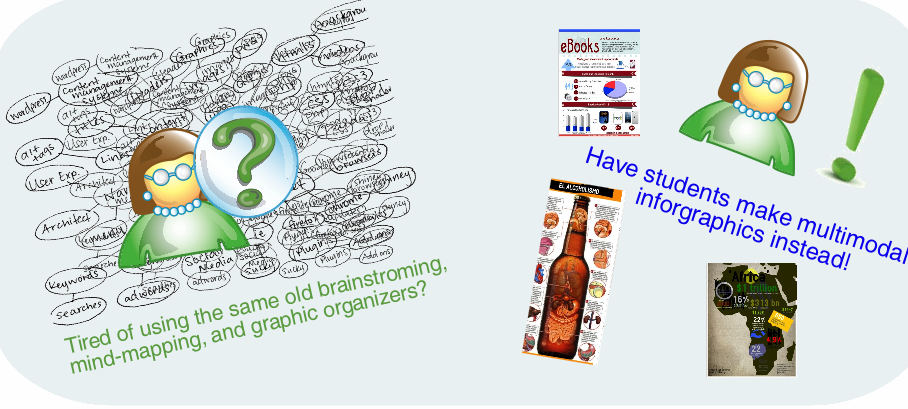As scholars in our various disciplines, we know that reading papers in our field is the first step in being able to write papers in our field. Many of us integrate these readings into our courses as a way of introducing our students to scholarship in our field – what kinds of claims we make, the evidence needed to make those claims, how we organize information, what kinds of citations and formatting are required – however, it’s easy to forget that students need instruction on how to read in a new field just as much as they need instruction for how to write in a new field.
In her piece, “How to (Seriously) Read a Scientific Paper,” Elisabeth Pain compiles a number of scholars’ and practitioners’ voices on reading scientific writing: how they approach a paper, what they do when they don’t understand something, if they ever feel overwhelmed, and other tips. The collection provides different perspectives and strategies for reading scientific papers.


